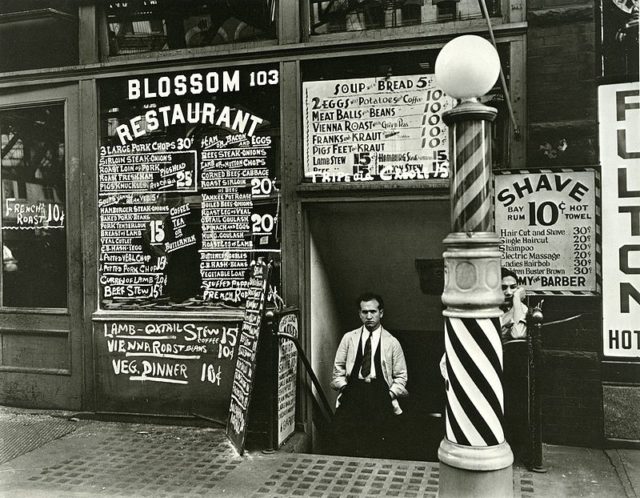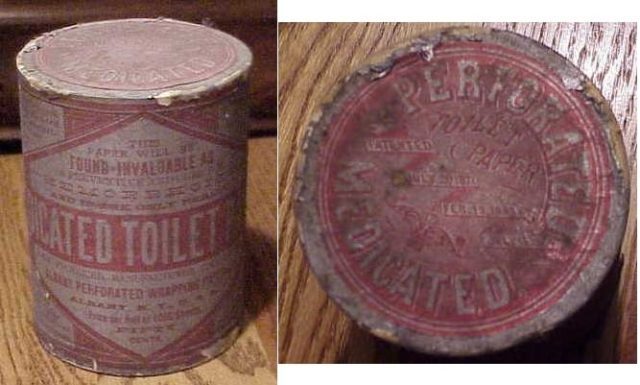Paper has been utilized for purposes of hygiene since the 6th Century, in China. It became a mass-produced product in the 14th Century.
Modern toilet paper, for commercial use, started in the 19th Century and a patent for dispensers, that could hold rolls, was made in 1883.

Toilet paper has many names around the world, including: ‘bum wad’, ‘loo paper’, ‘toilet paper’, ‘toilet roll’, ‘bog roll’, ‘TP’ and ‘tissue’.
The rolled toilet paper that we use today, which is perforated, was created in the 1880’s. Toilet paper varies immensely; size, roughness, weight, resistance, residues, water-absorption, etc.
The bigger companies invest time and money in surveys to figure out which requirements sell best. This can lead to the adding of aloe in the paper, for a softer feeling paper.

The quality of toilet paper is generally decided by the quantity of plies, durability, and coarseness. Low-grade paper tends to be only 1-2-ply and can be really rough. Mid-Grade paper tends to be slightly softer and stronger than low-grade paper.
High grade (premium) paper generally has 2-4ply paper and can have the addition of creams/lotions for softness. It may also be patterned, textured or quilted to give it that luxury feel, too.
Northern Issue, in 1935, began to advertise toilet paper that was ‘splinter free’. Up until this point, it was common to have splinters in toilet roll, due to the production techniques used. St. Andrew’s Paper Mill, in the UK, launched 2-ply paper in 1942.
For the rest of the 20th Century both the ‘soft’ and ‘hard’ type of toilet paper was commonly available to buy.
The hard paper was more affordable and was very shiny on one side of it; quite often you’d find print on, such as ‘IZAL MEDICATED’, ‘NOW WASH YOUR HANDS PLEASE’ or ‘GOVERNMENT PROPERTY’ which was written on every sheet towards the perforated parts.
As the price difference decreased between the two types of paper; the soft eventually became the more popular.

Johnny Carson once famously used his powers of public speaking to start a panic within the public. He stated in his show ‘You know what’s disappearing from the supermarket shelves? Toilet paper… There’s an acute shortage of toilet paper in the United States.’
This prompted Americans to go and buy as much toilet roll as they could – leaving a shortage for almost a month in the United States. Following several days of shortages of toilet paper, Carson went back on air to try his best to explain it was a joke and apologized for this.
However, the damage had been done, and the supermarkets’ shelves were now empty; people still bought in bulk whenever they could find some.
Here is another interesting read from us:Some odd facts about life in ancient Rome
This shortage lasted three weeks!
